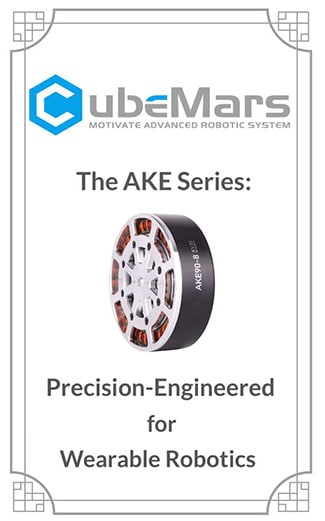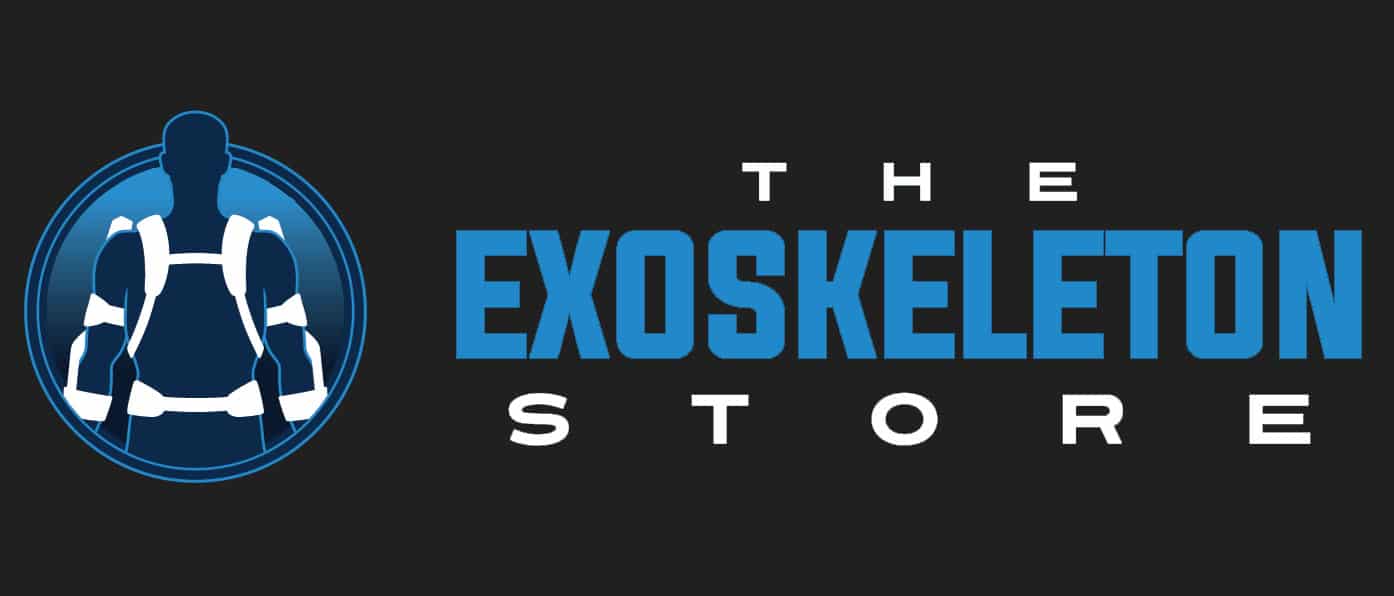In May 2024, collegiate teams from across North America gathered at the Université de Sherbrooke to compete in the Applied Collegiate Exoskeleton (ACE) competition. Founded in 2018, the ACE competition aims to test lower-body exoskeleton capabilities as they pertain to first responders, the primary users that this competition targets. Impressively, the competition is completely organized and led by undergraduates, and the host university rotates yearly.
The 2024 competition attracted teams from Polytechnique Montréal, Université de Sherbrooke, École de Technologie Supérieure (ETS), University of Michigan, Michigan State University, and Queen’s University. All of the exoskeletons that competed were powered.

On the first day of this two-day competition, each team completed a design review in the presence of a judging panel composed of professors from the Université de Sherbrooke. During these reviews, teams showcased the mechanical, electrical, and programming mechanisms underpinning their designs. Eager to learn about their competitors’ innovations, other teams were allowed to sit in on the reviews. With a jam-packed room of exoskeleton enthusiasts, there was a strong sense of community among the ACE competitors.

On the second day of the competition, each team was expected to pilot their exoskeleton through a series of challenges intended to evaluate the metabolic cost, ergonomics, and overall effectiveness of the suits. Beginning with a metabolic test, each team’s pilot climbed up and down a set of stairs while holding weights, both with and without the exoskeleton equipped. Each pilot’s heart rate was taken before and after the trials for comparison. Points were awarded based on the exoskeletons’ impact on the heart rate of each team’s pilot during this test.

Subsequently, the ergonomics of each design were tested in a “don/doff” test. Teams were timed on how quickly two of their pilots could put on (don) and take off (doff) the exoskeleton. While one pilot held the suit, the other donned it, and vice versa. To test the safety of each exoskeleton, these tests were followed by an emergency don/doff test, intended to imitate an emergency event in which users must be able to shed their suit. In this test, a single pilot from each team was timed on their ability to take off the suit, using a harness to prevent damage to the exoskeleton.
Prototyping costs for the exoskeletons varied significantly. Some teams managed to keep their expenses under $2,000 to meet the ASTM Exo Games qualifications, while others invested more heavily, spending around $7,000. The timelines for development also showed considerable variation, with some teams choosing to construct their competition exoskeleton from the ground up in approximately nine months. In contrast, other teams opted to refine and build upon previous iterations of their exoskeletons.

To conclude the competition, a pilot-exoskeleton duo from each team completed an obstacle course intended to mimic challenges faced by first responders. The pilots hopped across stepping stones, walked across a balance beam, navigated a rubble field, kicked down a door, and crouch-walked under a beam. These challenges were designed to evaluate the mobility and strength of each exoskeleton.

Ultimately, ETS took first place, followed by Queen’s University in second and Université de Sherbrooke in third. Rankings aside, all collegiate teams left the competition with a vision for the future of their exoskeleton and a renewed sense of community in the wearable robotics industry.

In May 2025, the University of Michigan will host the ACE competition in Ann Arbor, Michigan. This competition will introduce new methods to evaluate the metabolic cost and strength of each exoskeleton, as well as a challenge that simulates the action of loading a gurney onto an ambulance. Teams are excited to showcase and test their latest designs in these trials.

Competitions like ACE drive advancement in exoskeleton development by inspiring students to tackle some of the industry’s greatest challenges. With each successive year, the ACE competition’s impact on the exoskeleton community strengthens as it fosters innovation and collaboration among young engineers.
For more information about the May 2025 ACE Competition, please visit: https://starx.engin.umich.edu/2025-ace-competition
Collegiate teams that are interested in competing in the 2025 competition may email starx.ace@umich.edu. The 2025 rulebook and dates will be announced on the competition website by the end of January 2025.
Parties that are interested in sponsoring or judging the 2025 competition should contact starx.ace@umich.edu. The ACE Competition would not be possible without the support of fellow exoskeleton enthusiasts!
This article is published on behalf of the Michigan Strength Augmenting Robotic Exoskeleton Team








Add Comment